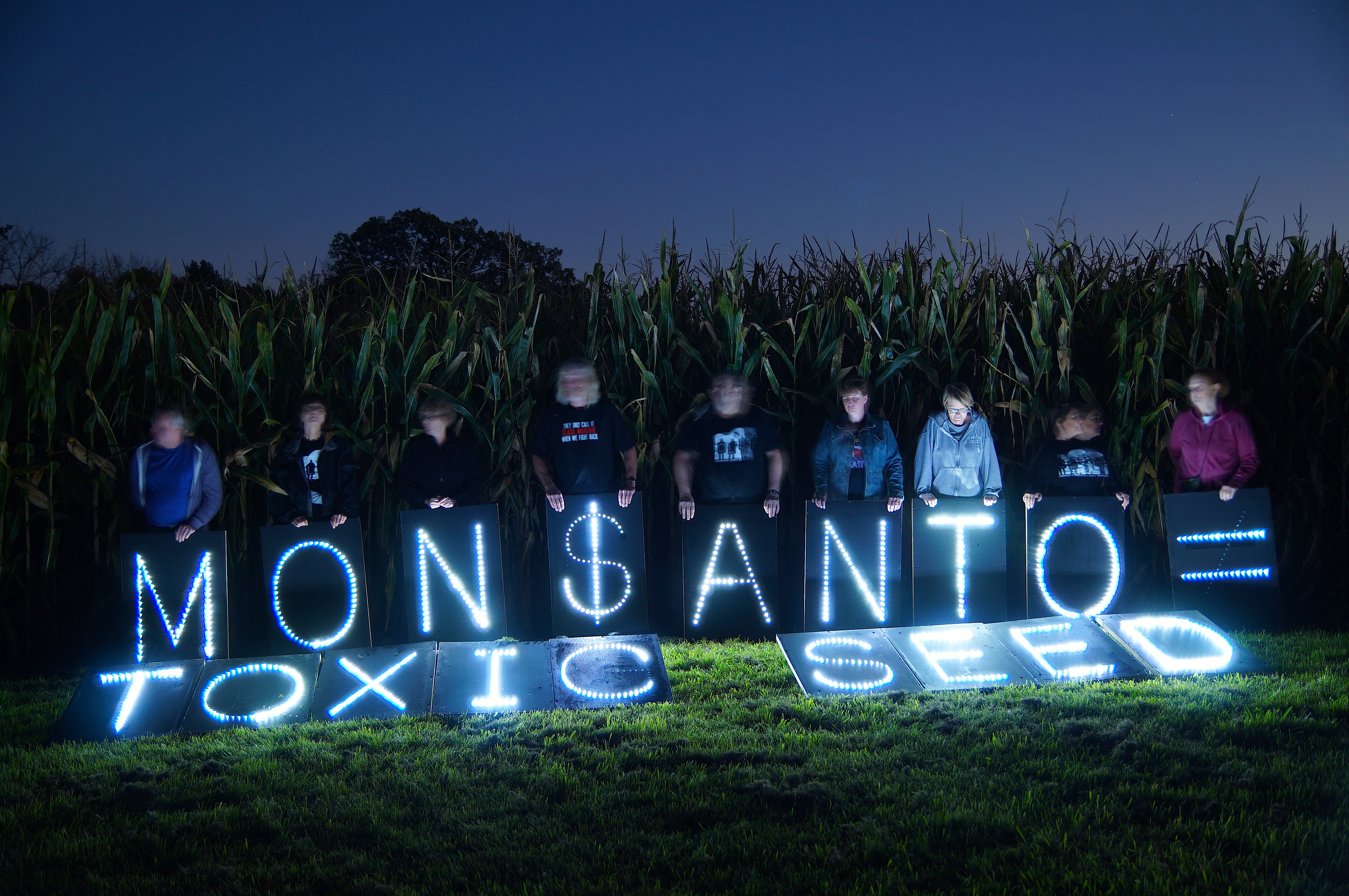Unter dem Titel Poison Papers („Giftpapiere“ – Hashtag #PoisonPapers) sind vor wenigen Tage mehr als 100.000 Seiten bzw. mehr als 20.000 einzelne Dokumente veröffentlicht worden, die vor allem die US-amerikanische Aktivistin Carol Van Strum über Jahrzehnte über die dunklen Machenschaften der Chemie- und Pharmakonzerne in den USA gesammelt und in ihrer Farm aufbewahrt hatte. Die Dokumente stammen größtenteils aus Klagen, in denen sie involviert war (u.a. gegen Dow, Monsanto, die EPA, die Air Force usw.), bzw. aus Quellen, die sie über das Informationsfreiheitsgesetz angezapft hat.
Das Center for Media and Democracy und das Bioscience Resource Project haben geholfen, die Daten online bereitzustellen. Dort sind sie nun einsehbar und per Suchfunktion nutzbar.
Van Strum hat sich nach Jahrzehnten des Kampfes entschieden, die Informationen nun möglichst breit zugänglich zu machen, damit andere den Kampf weiterführen können. Informationen aus den Dokumenten sind auch in noch laufenden Rechtsverfahren gegen Konzerne in den USA hochrelevant!
Das Projekt stellt sich selbst so vor:
The “Poison Papers” represent a vast trove of rediscovered chemical industry and regulatory agency documents and correspondence stretching back to the 1920s. Taken as a whole, the papers show that both industry and regulators understood the extraordinary toxicity of many chemical products and worked together to conceal this information from the public and the press. These papers will transform our understanding of the hazards posed by certain chemicals on the market and the fraudulence of some of the regulatory processes relied upon to protect human health and the environment.
Und hier einige Highlights dessen, was die Papiere bereits jetzt ans Licht gebracht haben:
Secrecy— They disclose EPA meeting minutes of a secret high level dioxins working group that admitted dioxins are extraordinarily poisonous chemicals. The internal minutes contradict the Agency’s longstanding refusal to regulate dioxins or set legal limits.
Collusion— They demonstrate EPA collusion with the pulp and paper industry to “suppress, modify, or delay” the results of the congressionally-mandated National Dioxin Study, which found high levels of dioxins in everyday products, such as baby diapers and coffee filters, as well as pulp and paper mill effluents.
Deception— They provide important new data on the infamous Industrial Bio-Test (IBT) scandal. By the late 1970s, it was known that more than 800 safety studies performed by IBT on 140 chemicals produced by 38 chemical manufacturers were nonexistent, fraudulent, or invalid. The Poison Papers, however, show that EPA and its Canadian counterpart, the Health Protection Branch (HPB), colluded with pesticide manufacturers, to keep invalidly registered products on the market and covered up problems with many IBT tests.
Cover-up— The papers also show that EPA staff had evidence that this IBT scandal involved more independent testing companies and more products than ever officially acknowledged.
Concealment— The papers show that EPA concealed and falsely discredited its own studies finding high levels of dioxin — 2,3,7,8-TCDD — in environmental samples and human breast milk following routine use of 2,4-D and 2,4,5-T (Agent Orange) by the federal Forest Service and Bureau of Land Management.
Intent— They show Monsanto chief medical officer George Roush admitted under oath to knowing that Monsanto studies into the health effects of dioxins on workers were written up untruthfully for the scientific literature such as to obscure health effects. These fraudulent studies were heavily relied upon by EPA to avoid regulating dioxin. They also were relied upon to defend manufacturers in lawsuits brought by veterans claiming damages from exposure to Agent Orange.
Und je mehr Menschen sich jetzt an der Auswertung der Papiere beteiligen, desto größer wird die Wahrscheinlichkeit, dass noch mehr Schweinereien ans Licht der Öffentlichkeit gebracht werden – und destro höher die Chance, einzelne Verantwortliche tatsächlich auch zur Verantwortung zu ziehen.
